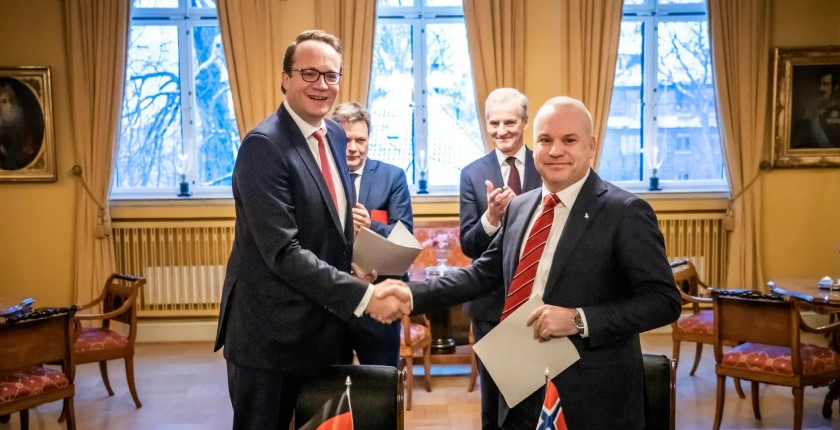
Photo: Markus Krebber (pictured left) and Anders Opedal shake hands after signing the memorandum of understanding in Oslo (Ole Berg-Rusten / NTB)
RWE and Equinor are studying the feasibility of a plan to produce and transport hydrogen through a proposed pipeline from Norway to Germany, where the fuel would be used to generate electricity.
The European Union is relying on Norway for electricity imports and, especially, to replace much of the Russian natural gas supply. The energy crisis, which has reached unthinkable dimensions since Russia invaded Ukraine in February, has now largely subsided with record high winter temperatures. Norway had a substantial role, too, as it has already become the biggest gas source for energy-hungry Europe.
In line with the EU’s new taxonomy, which allows fossil gas projects only if they can be switched to hydrogen, Germany and Norway have signed a Strategic Partnership on Climate, Renewable Energy and Green Industry. The core of the deal was defined by the two countries’ largest energy companies, RWE and Equinor, respectively.
They agreed to develop plans for the construction of combined cycle gas turbine (CCGT) plants in Germany with a total capacity of 3 GW by 2030 as well as a subsea hydrogen pipeline. As for supply from Norway, RWE and Equinor said they would jointly build facilities to produce low-carbon hydrogen from natural gas with a carbon capture and storage system.
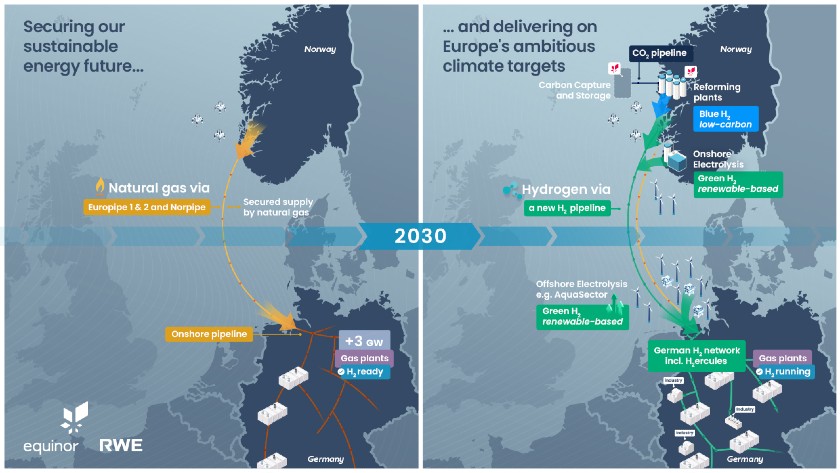
Pipeline feasibility study is underway
The memorandum of understanding includes the development of offshore wind farm projects to power the production of green hydrogen, together with hydrogen plants on the sea along the proposed pipeline and on land.
The feasibility study for the pipeline is underway. Norway’s gas transmission system operator Gassco and other partners are involved in the project. Equinor’s Chief Executive Officer Anders Opedal valued the endeavor at EUR 3 billion and estimated that, if the plan is adopted, it would carry four million tons of the gas per year, translating to 135 TWh.
If the plan for the pipeline is adopted, it would carry four million tons of the gas per year, translating to 135 TWh
But both the pipeline, which could come online in 2030, and the power plants would first use fossil gas, followed by a gradual introduction of blue hydrogen. It means the fuel would be produced directly from fossil gas, but with 95% of the byproduct carbon dioxide permanently stored under the seabed.
The final phase in the blueprint is to add green hydrogen, which is produced in electrolyzers. The technology implies separating water molecules into oxygen and hydrogen by using electricity from renewable sources.
RWE, Equinor are already cooperating in one offshore wind, hydrogen project
Green hydrogen is a solution for storing excess energy from solar and wind power plants, but it has a long way before becoming profitable. Almost all the hydrogen currently produced is from fossil fuels. It can also be used in industrial production and transportation.
Equinor said it intends to bring online 2 GW of blue hydrogen capacity by 2030 and as much as 10 GW by 2038.
Both companies are already engaged in developing AquaSector – a project in the North Sea aimed at creating a 300 MW offshore wind farm connected to offshore electrolyzers.
RWE’s Krebber: Blue hydrogen in large quantities can be the start, with subsequent conversion into green hydrogen supply
“In order to make progress in the conversion from fossil fuels to hydrogen, there is an urgent need for a rapid ramp-up of the hydrogen economy. Blue hydrogen in large quantities can be the start, with subsequent conversion into green hydrogen supply,” CEO of RWE Markus Krebber said.
Other areas of cooperation envisaged in the bilateral partnership are batteries, green shipping, microelectronics and raw materials.
A month ago, Portugal, Spain and France announced the start of a joint pipeline project called H2MED, valued at EUR 2.5 billion. It is intended to carry two million tons of only green hydrogen per year by 2030 from Barcelona to Marseille.





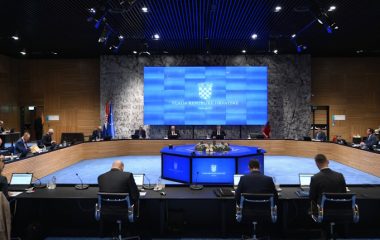
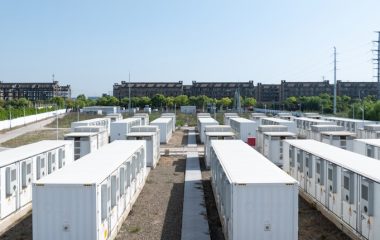
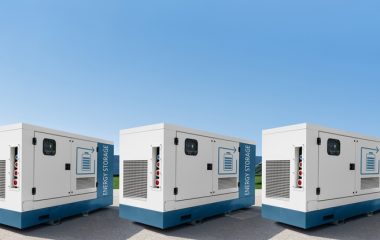
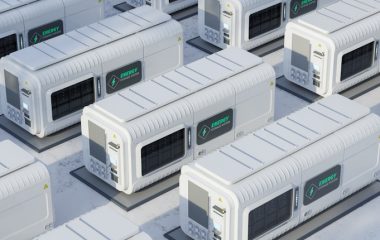
Be the first one to comment on this article.